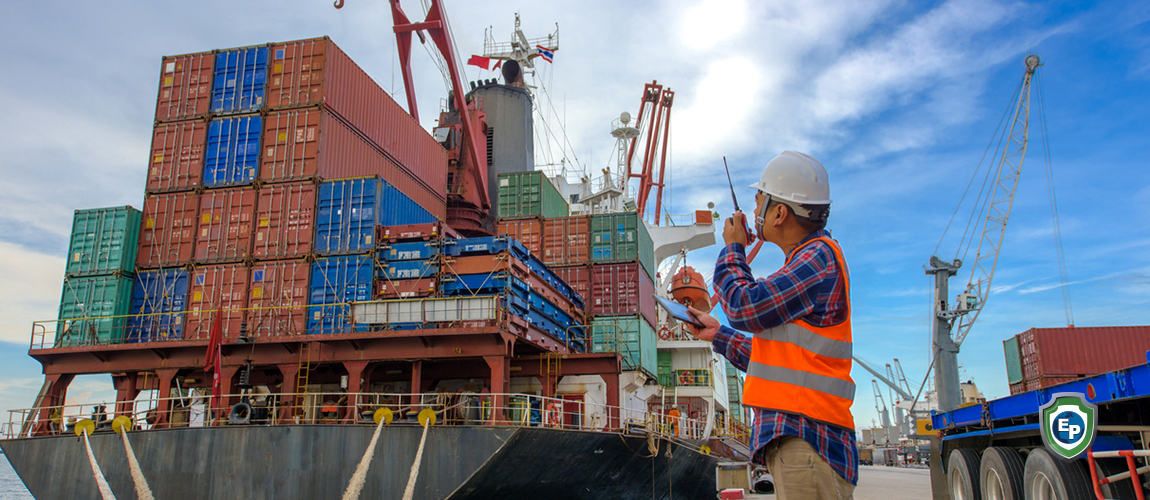International Trade Trends in 2020: What's Next?
The WTO has downgraded its trade forecast for 2020 growth which depends mainly on the return to more normal trade relations. Read on to find out more!

The WTO has downgraded its trade forecast for 2020 from a 3.0% growth to 2.7% growth. This projection, however, depends mainly on the return to more normal trade relations, argues the WTO.
Trade tensions have been the overriding theme in 2019: The US-Sino trade war, Brexit, the Japan-South Korea trade war, and a global trend towards wider income inequality have all contributed to a toxic trade climate.
2019 was a year of uncertainty around global trade agreements, with trade being used as a political football, increasing the costs of trade. 2020 could become a restorative year, with some of the disputes being resolved and a final settlement of Brexit.
Focus on low-risk markets
Although there are signs of more political stability in 2020, it has never been a good idea for companies to rely on politicians to lead the way. Most business-leaders know that.
Therefore, in 2020, small and medium-sized enterprises (SMEs) will look to minimize risks as much as they can by reinforcing the customer relationships they already have and focusing on markets they already know. Instead of venturing into new geographics, SMEs will look to grow the business with their existing clients and look for ways to diversify their product offers.
For those looking to enter new markets, knowledge and competency will be essential. Attending a workshop, for example, may save time and money down the road. Consulting trade experts or using professional trade platforms like Export Portal can simplify the entire trade cycle from the start to the end.

Integrated trade ecosystems replace siloed supply chains
Every business involved with international trade aims to minimize its supply chain costs while providing the best customer service. In the future, companies will increasingly work together in partnerships to reduce costs and reduce the risks associated with shipping cargo.
The future of supply chain management is not siloed supply chains but supply chain ecosystems that include a vast number of different entities. This development will be further enhanced by technological solutions such as blockchain technology, which allows multiple entities to share data across a common technological platform.
The rise of Asia
2020 will be the first year since the 19th century that the Asian economies will become larger than the rest of the world combined in terms of purchasing power parity (PPP). Asia is not only growing wealthier, but it is also becoming more integrated through regional trade agreements and political and economic coalitions like the ASEAN community.
While the global economy has been trending towards more trade fragmentation, Asia goes in the opposite direction. Despite the historical disputes between many Asian nations, the mutual benefits of trade cooperation have become more evident, motivating governments to overcome barriers and foster regional cooperation.
Examples for this trend are the revival of the China-Japan-South Korea trilateral summit and a significant improvement of the relationships between China, India, Japan, and South Korea. Also, regional platforms such as ASEAN, APEC, and the Shanghai Cooperation Organization have gained momentum.






Comments 0